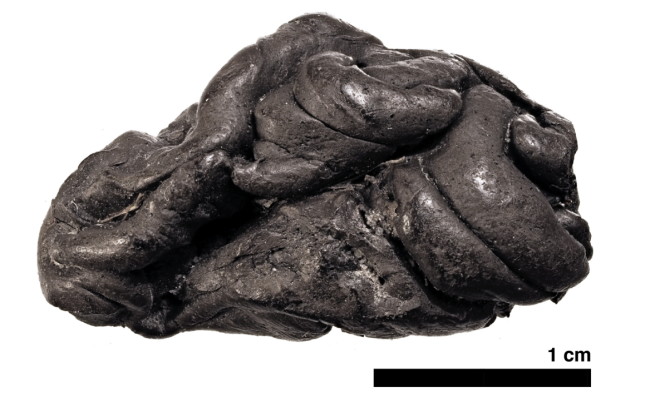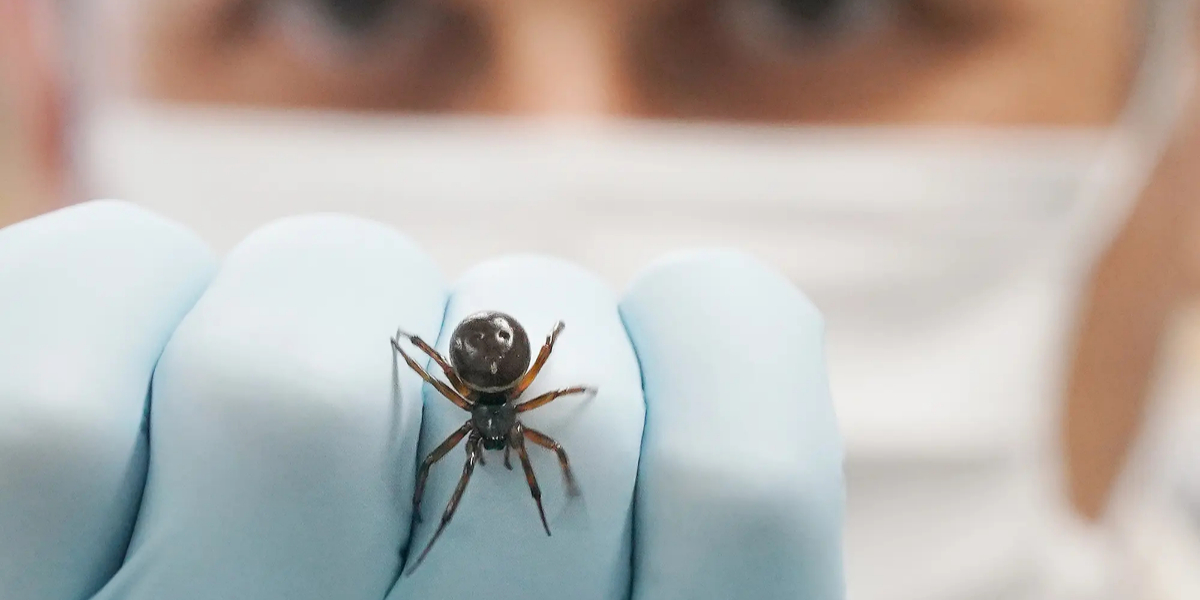Ancient “Chewing Gum” Yields Insights into People and Bacteria of the Past

During excavations on Lolland, archaeologists have found a 5,700-year-old type of “chewing gum” made from birch pitch. In a new study, researchers from the University of Copenhagen succeeded in extracting a complete ancient human genome from the pitch.
It is the first time that an entire ancient human genome has been extracted from anything other than human bones. The new research results have been published in the scientific journal Nature Communications.

‘It is amazing to have gotten a complete ancient human genome from anything other than bone,’’ says Associate Professor Hannes Schroeder from the Globe Institute, University of Copenhagen, who led the research.
‘What is more, we also retrieved DNA from oral microbes and several important human pathogens, which makes this a very valuable source of ancient DNA, especially for time periods where we have no human remains,’ Hannes Schroeder adds.
Based on the ancient human genome, the researchers could tell that the birch pitch was chewed by a female. She was genetically more closely related to hunter-gatherers from the mainland Europe than to those who lived in central Scandinavia at the time. They also found that she probably had dark skin, dark hair and blue eyes.
Stored in Pitch
The “gum” in question is birch pitch, a byproduct of heating up tree bark. It’s unclear what our relatives chewed it for. It may have helped with toothaches or other illnesses, as it contains a natural antiseptic. Or people may have popped pitch into their mouths because that was the best way to make it stretchy enough with which to bind together stone tools. Either way, we’ve been chewing pitch for tens of thousands of years. It’s not the first time researchers have retrieved genetic information from the samples, either. Earlier this year, scientists reported retrieving DNA from a piece of chewed pitch around 10,000 years old.
Other archaeologists have found that because the ancient gum repels water and destroys bacteria, it preserves DNA well enough for analysis. It was a particularly lucky find at this excavation of a former fishing site on the Danish island of Lolland. The British, Danish and Norwegian researchers haven’t found any human remains at the site.

Carbon dating showed the gum to be about 5,700 years old, meaning the chewer lived around when humans stopped hunting and gathering and started farming and domesticating animals. The human DNA pulled from the pitch highlighted her darker skin, darker hair and blue eyes, common among hunter-gatherers of that time and place. Comparing her genome to modern-day and other ancient DNA showed she was related to other hunter-gatherers from farther west in Europe.
Genetic Tales
Though she lived on the cusp of when humans developed agriculture, the recovered DNA showed no signs of those slightly more recent relatives. This might indicate that the hunter-gatherers stayed genetically independent of their farming relatives for a while and that agriculture took longer to catch on than researchers thought.
Other kinds of DNA came from the gum, too. Some of the bacterial genetic material recovered might be related to diseases we still deal with today, like pneumonia, gum infections and a strain of herpes. Hazelnut and mallard duck DNA showed up as well — likely evidence of a meal, backed up by other remains found at the site.
One woman’s gum can’t map how early humans migrated across Europe or pinpoint when they started planting grains. But it can offer insight into how one person lived, and lets us see how much we had in common with some of the last hunter-gatherers.







